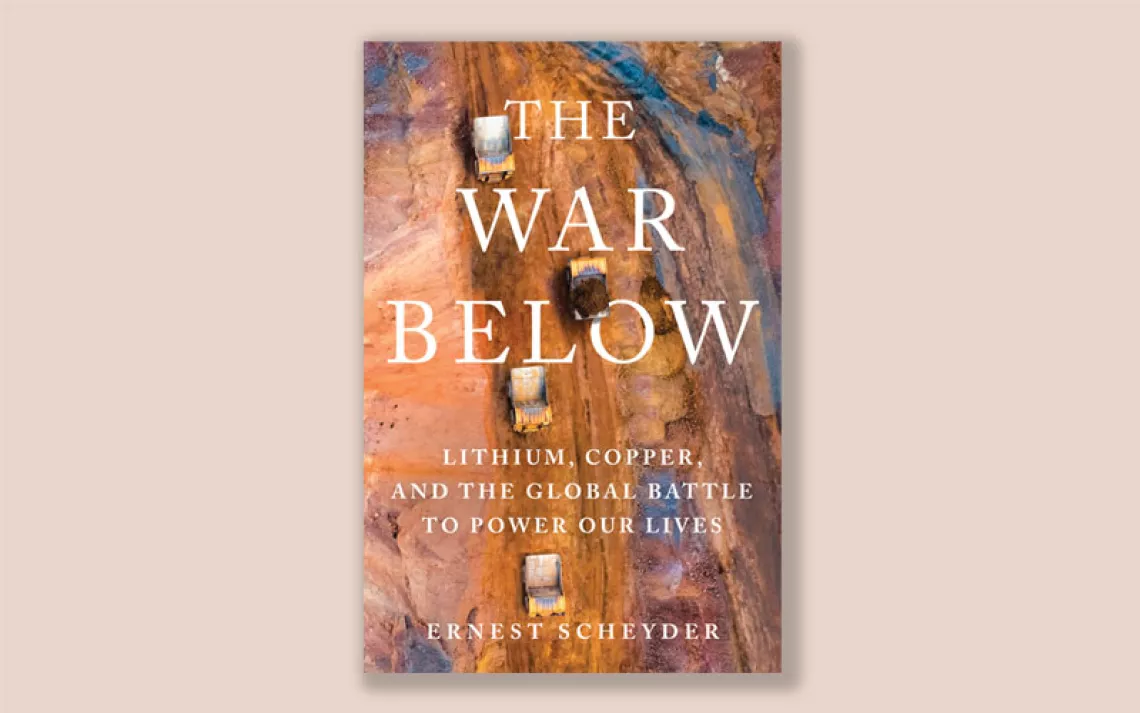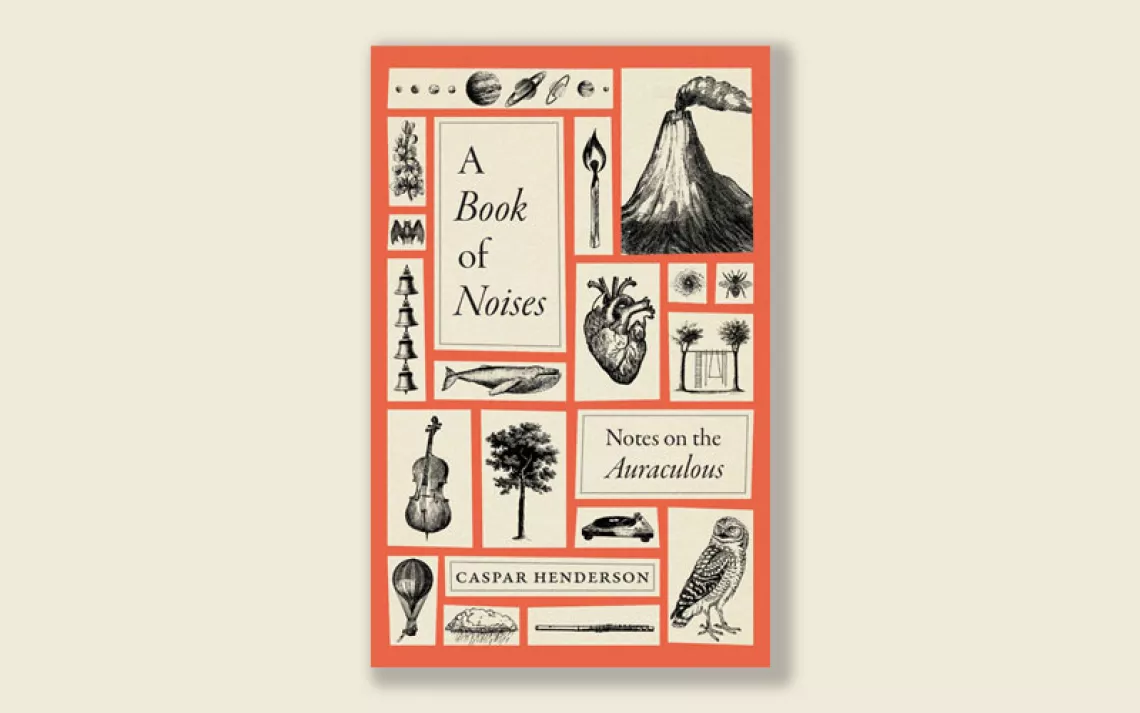6 Must-Read Books for Your Fall Reading List
Give yourself the gift of an inspiring read with these stories of natural wonder, personal discovery, and homecoming

Photo by elenaleonova/iStock
We all have our different stories to tell about where we’re from, where we’re going, and what draws us to the places that feel like home. Our stories may offer a common bond for those who share them, or establish distinctions with those who don’t. But what unites us all is that universal desire to better understand ourselves and our place in the world through story. In these six books there is something for everyone, from tales of personal reckoning and the wonders of wildlife to embodiment and physical dislocation. On any given page, epiphanies abound.
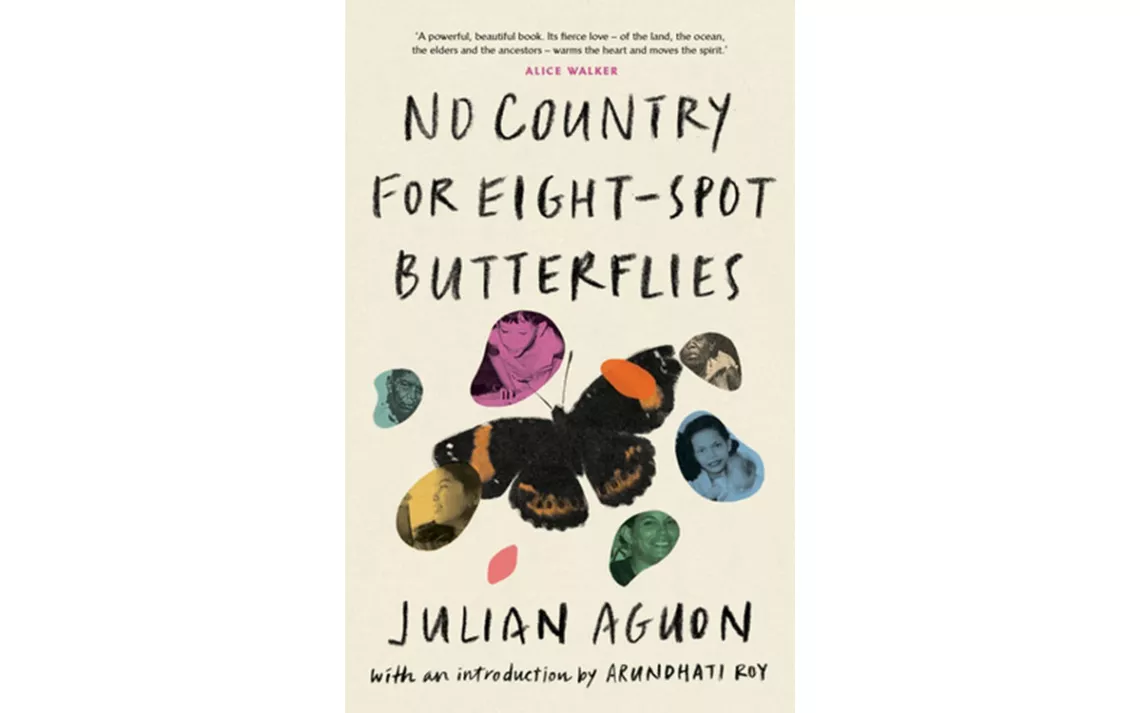
No Country for Eight-Spot Butterflies: A Lyric Essay
By Julian Aguon
Astra House
In his impassioned, inspired, and intellectually breathtaking book, No Country for Eight-Spot Butterflies: A Lyric Essay, Indigenous activist-attorney Julian Aguon performs the elusive feat that makes writing into literature: From his own personal experiences and the parochial lens of his homeplace, he teases out epiphanies and emotions that strike a universal chord and that will resonate with readers no matter where they come from.
Aguon is Chamorro, born and raised in the US colony of Guam, and he’s dedicated his life to advocating for Guam self-determination and seeking to hold the US government accountable for the ongoing destruction of his island. (The title springs from an endemic butterfly threatened by the US military’s unceasing expansion on the Pacific territory.) This is, above all, a book of Guam and for the people from Guam, where Aguon is something of a homegrown celebrity. Since Guam is occupied territory, No Country for Eight-Spot Butterflies is also, naturally, a book for and about the experienced of colonized peoples—especially those in colonized nations throughout the Pacific as well as in other US territories like Puerto Rico. Aguon strikes at the heart of the injustice of imperialism when he writes that the US colonies from the Spanish-American War era have been “deemed not to be a part of the United States but rather to belong to the United States,” and are places whose peoples live “in a country that neither wants us nor wants to let us go.”
If Aguon’s immediate subject is the predicament of Guam and other colonized places, his larger subject is the question of how to advance progressive social change. This book deserves a place in the canon of the literature of resistance, for Aguon is focused on understanding how imagination, a love of place, righteous outrage, collective action, empathy, and emotional stamina can combine to foster justice and freedom.
Insights about the nature of social change pour off the page. Aguon argues that memory—rather than being merely the emotional tic of the nostalgist—is a political tool: “Indigenous peoples . . . have a unique capacity to resist despair through connection to collective memory.” He insists that politics shouldn’t be left to insiders and self-proclaimed experts: “All of us, without exception, are qualified to participate in the rescue of the world.” Even though he’s trained as a lawyer, he cautions against trusting too heavily in the liberal idea of the law as a prime mover of progress: “As a system, [the law] seeks to maximize order and predictability, not necessarily justice.” He reminds us that progress is always an iterative work in progress: “We may be without a blueprint, but we are not without vision.”
Aguon delivers these ideas with flair. This slim, short book (smaller than my palm, and just barely 100 pages) is billed as a “lyric essay,” but it’s much more than that. There are verse poems, prose poems, essays, speeches, polemics, micro-memoirs, and love letters to Guam and its people. Aguon’s passion for language serves as a reminder that, for historically oppressed peoples, words have always served as both sword and shield. On the final page, he delivers a line that will thrill any writer and many readers: “We will not win by way of facts. But we might by way of stories.” —Jason Mark
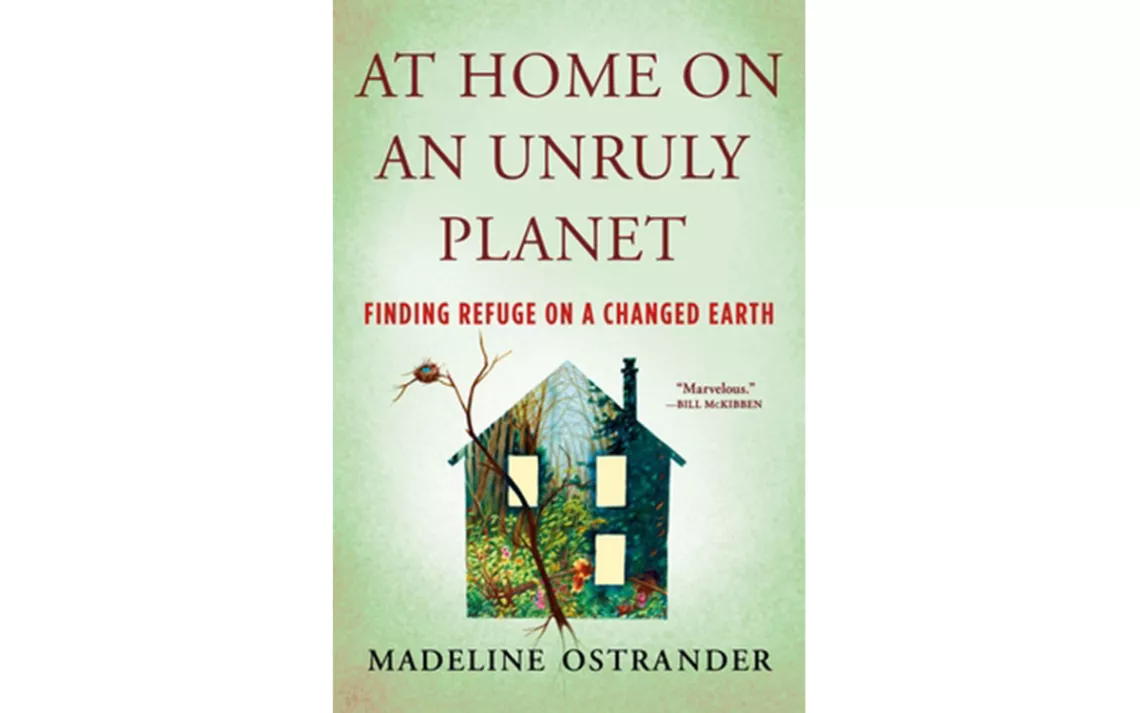
At Home on an Unruly Planet: Finding Refuge on a Changed Earth
By Madeline Ostrander
Henry Holt and Company
If there’s any single experience that sums up the bewilderment of living in the era of global climate chaos, perhaps it’s the feeling of dislocation. We are each, in some ways, displaced persons. Some people have actually been physically displaced from their homes: flood survivors in Pakistan or Germany or Kentucky, fire victims in Greece and the American West, families made homeless by hurricanes in Florida or typhoons in the Philippines. But even those of us whose homes have been (so far) untouched by global heating are dislocated—dislocated from time amid the Great Acceleration, unmoored from memory, estranged from once-familiar landscapes that have become unrecognizable.
The predicament of dislocation forms the heart of Madeline Ostrander’s thoughtful, sensitive, at times emotionally raw book, At Home On an Unruly Planet. While other writers have approached the subject of climate change through the lens of rising sea levels, or species extinction, or the villainy of the fossil fuel companies, Ostrander comes at it through the idea of home. “To make a home anywhere in this moment is to reckon with a problem that could easily blow doors down, flood or smoke us out, or erode the ground beneath our feet,” Ostrander writes. She goes on to warn us: “We are moving into an era defined by homesickness.”
This is heady stuff. Ostrander grounds her big ideas in the stories of people across the United States who are struggling to sustain affection for community and place as climate-change destruction threatens their home. In eastern Washington’s Methow Valley, she shadows the work of a pair of women seeking to hold together the fabric of their community in the aftermath of wildfire. On the shores of the Bering Sea, she follows residents of the Yup’ik village of Newtok as they lay plans to relocate their entire town, which is threatened by thawing permafrost and increasingly intense storms (a story that originally appeared in Sierra). In St. Augustine, Florida—the oldest European settlement in North America—she profiles the work of preservationists who are desperate to protect the city’s unique architecture from climate-change-exacerbated flooding. Such stories make clear that home is more than just a shelter. “To have any kind of home, you must have at least a little history,” Ostrander writes. “You have to accumulate stories and a sense of familiarity.” Now that sense of familiarity is evaporating under the dome of a feverish sky.
Ostrander’s most impassioned, empathetic writing comes when she shares the story of Richmond, California. There, home isn’t threatened by the consequences of climate chaos but rather by its cause: Richmond is the home of a massive Chevron Oil refinery. The petrochemical facility has been plagued by industrial accidents, including a 2012 explosion that rained toxins across the community and sent thousands of people to the hospital. Richmond doesn’t boast the history of St. Augustine or the epic scenery of Washington’s Methow Valley, but it’s still beloved by the people who call it home, many of whom have committed to “nourish this polluted place.” Foremost among them is Doria Robinson, executive director of a food justice organization called Urban Tilth, which has worked for years to turn vacant lots into thriving gardens. Robinson’s agricultural-based community organizing work is, at its roots, the labor of home-making, of home-building. To plant a garden in a brownfield, Ostrander writes, is “the un-wasting of land, the reimagining of place.”
Reimagining will likely prove one of the core skills of holding onto home in the midst of global dislocations. We’ll have to redefine even a concept as elementary as home. That may be the most unsettling revelation of Ostrander’s explorations: Even standing on the home-ground of the place we know and love best, we will find ourselves strangers in a strange land. —Jason Mark
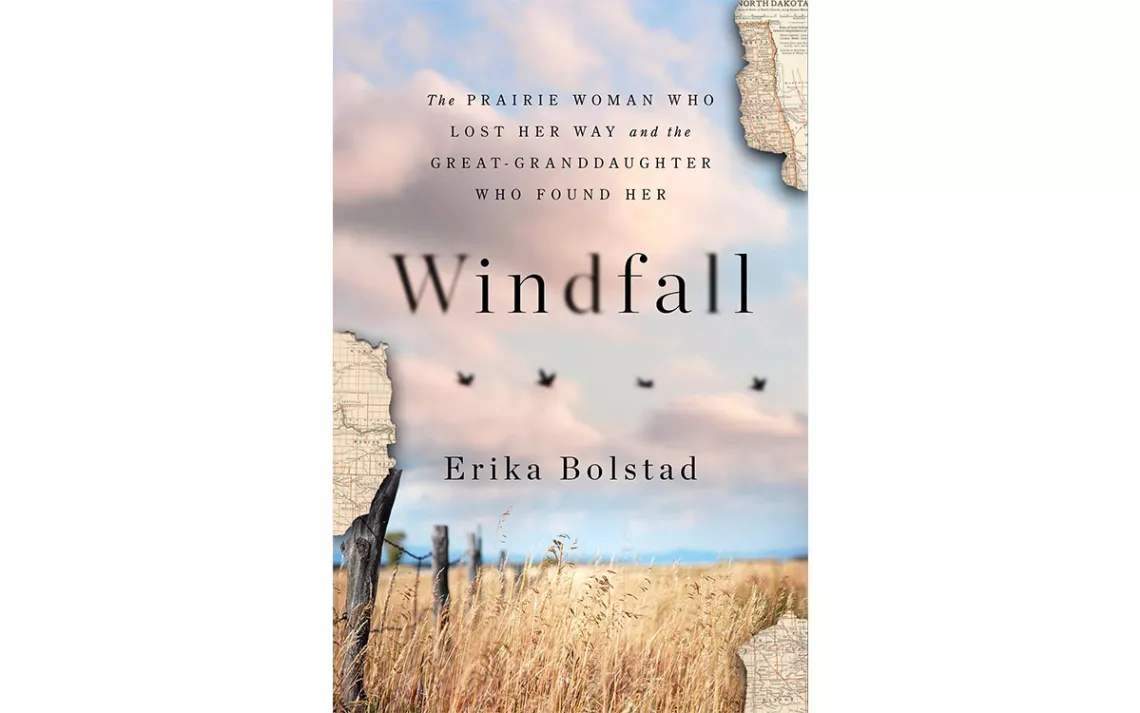
Windfall: The Prairie Woman Who Lost Her Way and the Great-Granddaughter Who Found Her
By Erika Bolstad
Sourcebooks
A few days before Christmas in 2009, Erika Bolstad’s mother received a nondescript manila envelope in the mail. It was from an oil company, and it contained a check for $2,400: compensation for mineral rights that, according to the accompanying letter, belonged to Erika’s great-grandmother Anna Josephine Sletvold. The check and the letter carried the weight of newfound fortune—a potential windfall for legacy drilling rights along the Bakken oil fields of North Dakota. Anna had apparently once been a homesteader there and staked her claim around 1905—a lease that oil companies kept renewing for generations. It seemed the family was now in a position to reap the benefits of that legacy. Three months after the letter arrived, though, Bolstad’s mother died.
In the months that followed, Bolstad—an environmental reporter for McClatchy newspapers—faced an ethical dilemma: how to square the possibility of an oil windfall for her family with what she knew about fossil fuels and climate change. As she reported on stories about pollution, oil and gas extraction, and climate policy under the Obama administration, she encountered contradictions that were all too familiar. “I loved the idea of a windfall,” she writes in Windfall: The Prairie Woman Who Lost Her Way and the Great-Granddaughter Who Found Her, “but I didn’t want to be a part of ruining the planet for my future children.”
What follows is an epic journey to North Dakota and from there back through time as Bolstad searches for answers to the oil play mineral rights her family inherited and the woman behind that legacy. At times a rollicking road-trip adventure with scenes of classic muckraking, punctuated by meetings with oil tycoons, grumpy county clerks, and the occasional 11th-hour dinner at a gas station, the book has Bolstad sleuthing out Anna’s origin story while struggling to come to terms with its implications for the children she still hopes to have even as the climate crisis unfolds.
Along the way, Bolstad spends hours at courthouses and county offices poring through newspaper clippings, death certificates, affidavits, and legal correspondence, methodically piecing together her great-grandmother’s story from the early days of her homestead play in North Dakota, progressively separating the woman from the family fable. “These stories of chivalrous cowboys, prospectors, and last chances and unexpected windfalls were what shaped my mother,” Bolstad writes. “This romanticized version of the West was why she bought lottery tickets, why she played the penny slots, and why she experienced such a sense of exhilarating confirmation when that first check showed up from the oil company in 2009. It was why she believed in windfalls, why everyone she knew did, too, including her daughter.”
Throughout her journey—as an environmental journalist, a daughter, a hopeful mother waiting for a positive test—our need for stories, and the way they help us understand ourselves and the world around us, is never far from Bolstad’s thoughts. “No matter what we’re looking for, the compulsion to understand where we come from is universal,” she writes. “We live and breathe stories our whole lives. We need to construct them to make sense of the world we inhabit, to survive. I wasn’t that different than the great-aunt in search of my family’s roots. The only distinction was that I was actively in search of the dark stories, the ones about the land-grabbing, nuthouse-residing ancestors no one remembered or wanted to claim.” —Jonathan Hahn
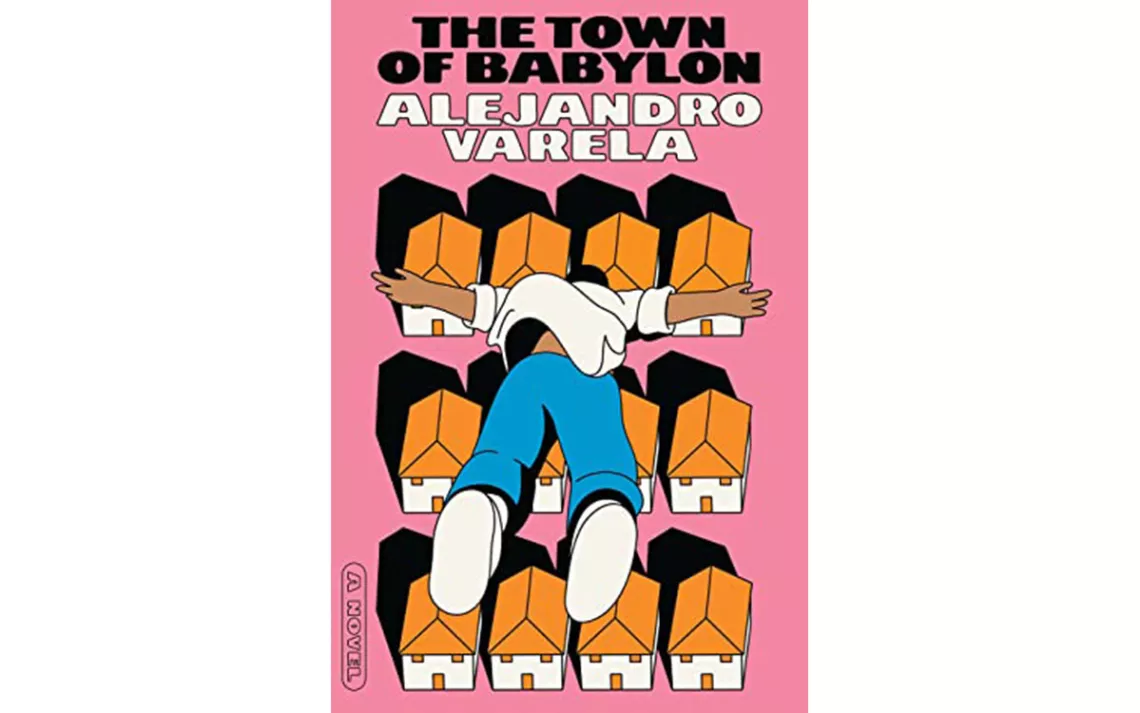
The Town of Babylon
By Alejandro Varela
Astra House
I’ve been enjoying the talk lately about bodies in literature—specifically the way that storytelling gains something when a character seems to live in a real world, with real stuff in it. In a recent craft talk, novelist Brandon Taylor drags protagonists who are all thought and no body as “character vapor,” while in The Hero of This Book, novelist Elizabeth McCracken is even more caustic. “If you don’t take your characters’ bodies into account,” she writes, “your work is in danger of being populated by sentient, anguished helium balloons.”
Looking back over the year, I can see a thread of embodiment running through the books that absorbed me the most, like the way that Sabrina Imbler’s essay collection, How Far the Light Reaches, describes the beauty and terror of living in a body—and a world—that won’t stop changing, and the way that reading Ellen Gaydos’s lush and dirty memoir, Pig Years, left me feeling like I’d been right there in the muck of farmhand life with her.
Alejandro Varela’s National Book Award–nominated The Town of Babylon has that same deep sense of body and place, but all wrapped up in a landscape that isn’t. It begins with a man walking six miserable suburban blocks in the July heat to his high school reunion, which is being held in a strip mall. As a child of the suburbs, reading it felt like my homecoming too—I have never read any book where the physical disorientation of being in suburbia after a long time away is described so accurately.
Babylon’s protagonist, Andrés, has broken free of the orbit of the working-class grind that wore out his immigrant parents—he’s now a professor of public health who can’t help seeing an overlay of environmental and epidemiological data on everyone he encounters. That doesn’t stop the story that unfolds around him from being deeply romantic—like the wholly unexpected lovechild of Brokeback Mountain and Crabgrass Frontier. —Heather Smith
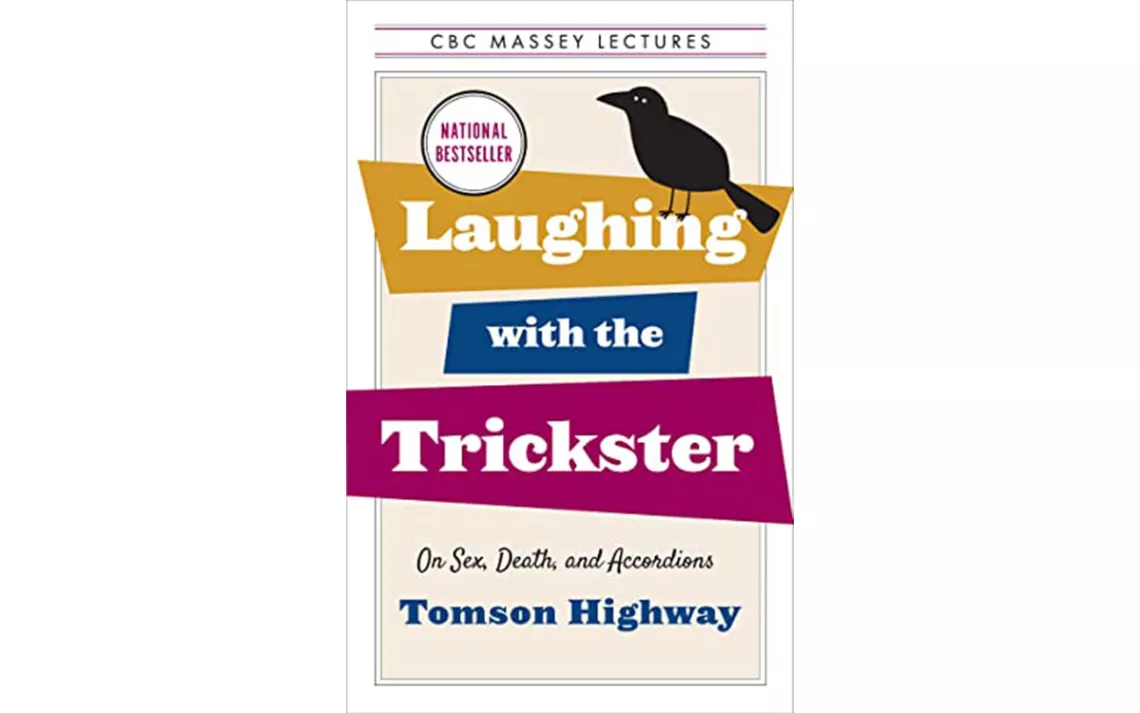
Laughing With the Trickster: On Sex, Death, and Accordions
By Tomson Highway
House of Anansi Press
I love Canada for many reasons—the wide-open spaces, the astonishing lack of road rage, ketchup-flavor potato chips, the way that all the films produced there somehow look like they’re dipped in candy. But high on the list is the way that every time I visit a bookshop there, I find writers who I have never heard of before.
Cree writer Tomson Highway is one of these—a big deal in Canada, not well known in the United States. This year, Highway gave the CBC Massey Lectures, a venerable lecture series whose speakers are expected to take on big ideas. These talks, which cover language, creation, humor, sex, gender (Highway is two-spirit), and death, are collected in Laughing With the Trickster.
Highway grew up in northern Manitoba in the 1950s, in a close-knit, seminomadic family that lived off the land and traveled by dogsled (his memoir of this childhood, Permanent Astonishment, makes the Little House on the Prairie series look like amateur hour). His father told the family that on windless days, walking through the low subarctic in search of game, it was so quiet that he could hear the earth breathing—the sound of the water level in bogs and swamps rising and falling. Taken together, these lectures are similarly decentering, politely declining European ideas of the specialness of humans and the stories that so many of us have been told about life, death, and what is worth worshiping. —Heather Smith
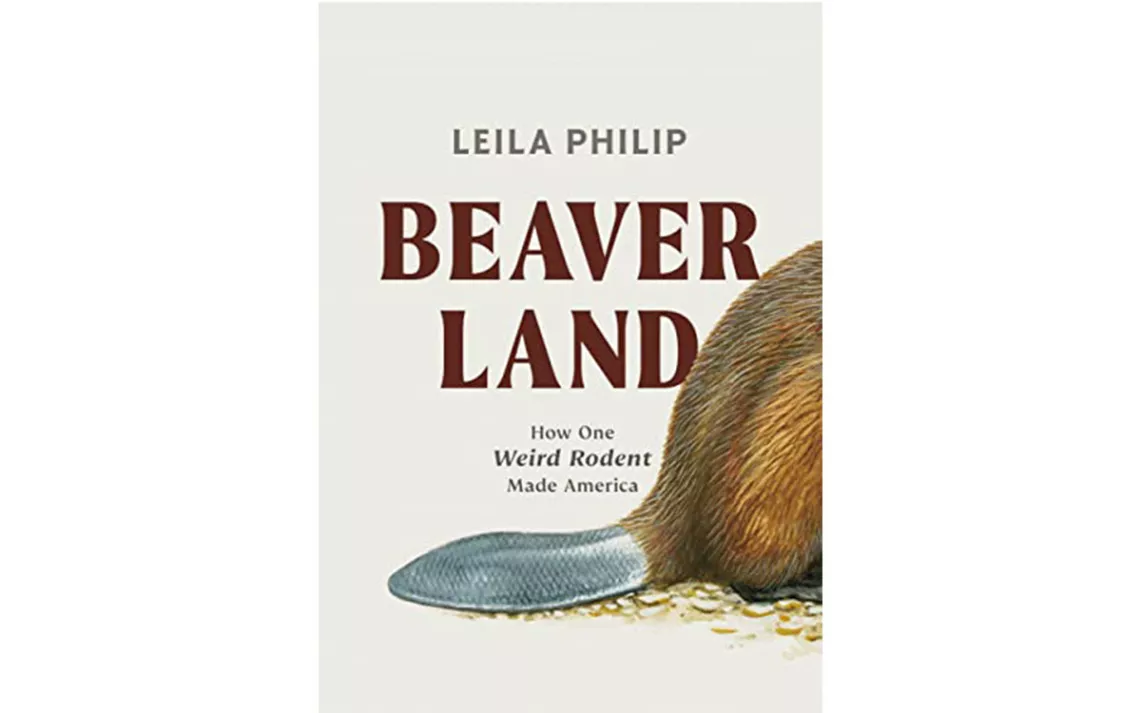
Beaverland: How One Weird Rodent Made America
By Leila Philip
Grand Central Publishing
Beaverland delivers on its promise, revealing the way beavers have shaped the continent: physically, culturally, and even spiritually.
Many know of beavers’ vital role in North American ecosystems, building dams that slow and purify river water while creating wetlands that promote biodiversity. Leila Philip shows how beavers have changed the course of American history as well, and the role they could play in our future. Indigenous people recognized beavers’ ecological impacts in ways as diverse as the continent’s many tribes. Some hunted beaver but wouldn’t feed their carcasses to dogs, while others, like the Blackfeet, avoided hunting beavers altogether.
The practices that maintained healthy beaver populations for thousands of years were destroyed during colonization. This chapter of American history was defined by the search for fur—and beaver pelts in particular. On their journey west, Lewis and Clark were surprised to see beavers out and about during the daytime—beavers in the east had learned to shift to a nocturnal schedule to avoid hunters.
These historical accounts are woven through the time Philip spends with today’s beaver people: scientists, restoration experts, trappers, and wildlife-lovers alike. She never shies away from complexity, investigating the emotional and spiritual connections people find with the outdoors from both trapping beavers and creating sanctuaries for them. Throughout the book she returns to her neighborhood beaver pond, where she watches beavers repair their dam, slap their tails, swim, dive, and come and go over the course of years, her own life changing alongside theirs.
Beaverland is a deeply informative and beautifully written account, spanning the macro and the micro forces that shape America. “What is it about interspecies connection that enables us to feel that our world has suddenly expanded to something so much larger than what we could know on our own?” Philip asks. Beaverland certainly helps answer that question, reminding us humans that we’re far from alone on this planet. —Tatum McConnell
 The Magazine of The Sierra Club
The Magazine of The Sierra Club


